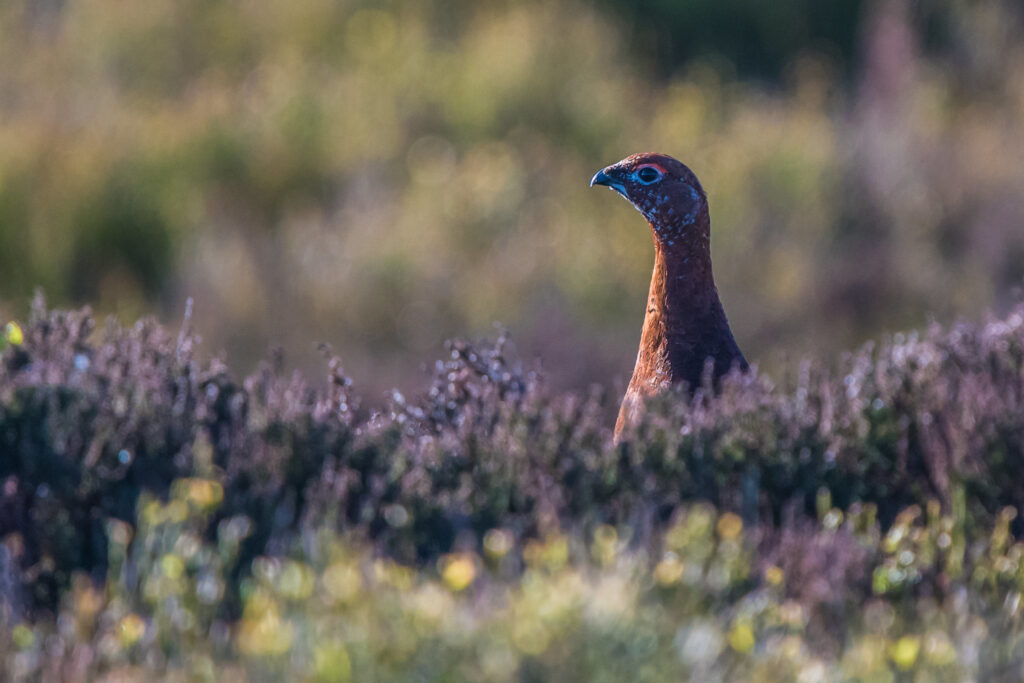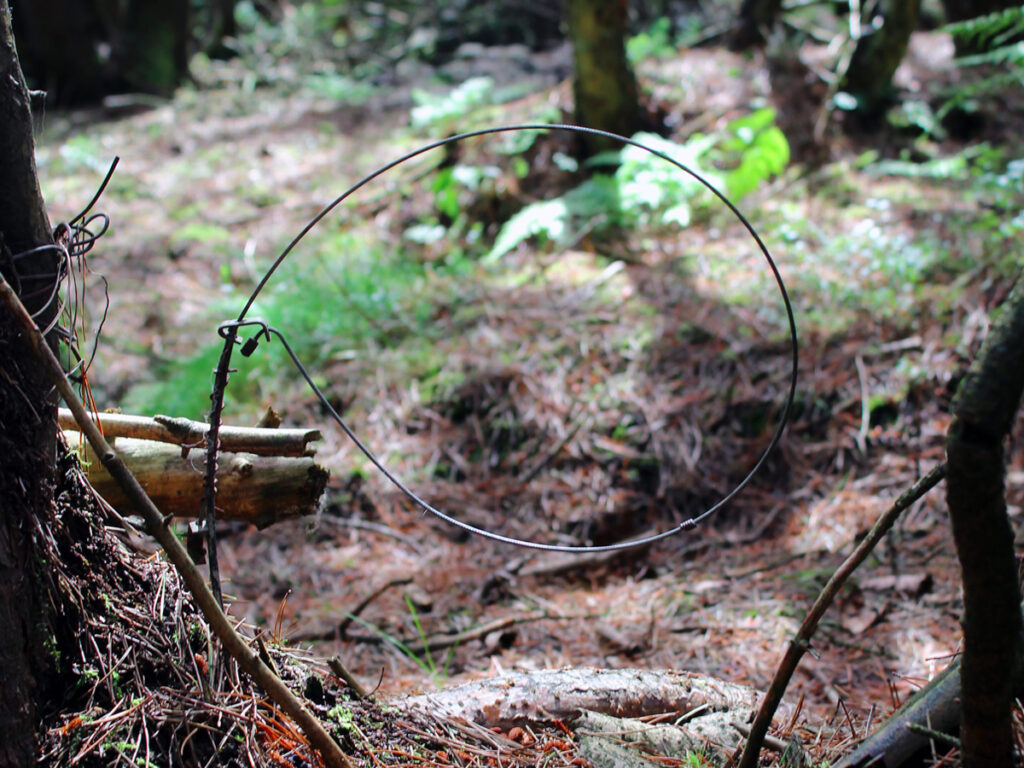An unnatural and unhealthy population of grouse

Grouse moors strive to maintain an unnaturally large population of game birds to maintain commercial shooting. But ensuring grouse numbers are artificially high, which on some moors can reach up to 200-500 grouse per square kilometre (which is approximately one-hundred times the natural density), can cause an explosion of parasites and disease.
Grouse naturally ingest mineral grit to help them digest heather, but as the number of grouse is artificially forced upwards, parasites become more problematic. In response, grouse moors have become increasingly reliant on the use of industrial-strength medicated grit to keep parasites at bay, a practice used to override the grouse’s natural ‘boom and bust’ population cycle.
The game birds are specifically medicated against the Strongyle worm, with medicating stations acting as transmission sites for the rapid spread of the extremely painful respiratory disease cryptosporidiosis (also known as ‘Bulgy Eye’) which causes swollen eyes, nasal discharge, lesions and breathing difficulties. ‘Bulgy Eye’ is present on 50 per cent of all grouse moors and this figure increases to 80 per cent in the North Pennines.
Shot, crushed, strangled, immobilised

The ecological balance in the uplands has been turned upside down through intensive management of moorlands for grouse shooting.
Through moors being deliberately stocked with an artificially high number of game birds, a distorted number of predators, such as foxes, crows, stoats and weasels, are enticed in and sustained by the prospect of a free lunch. These wild animals are subsequently targeted with an arsenal of snares, traps and guns as part of a vicious cycle aimed at preserving game birds for when shooting parties arrive on the ‘Glorious’ 12 August.
The targeting of wildlife on grouse moors has considerable implications for animal welfare. Snares cause prolonged suffering and injuries to captured animals, including bruising, wounding, strangulation and even death. According to a UK government study, 75 per cent of animals caught in snares are not the intended target, with badgers, hares and even pet dogs and cats succumbing to the deadly contraptions.
It is clear that the ecological balance of the uplands needs to be restored, with snares and traps serving as a sticking plaster for an imbalance created by grouse moors being stocked with unnaturally large numbers of game birds for shooting.